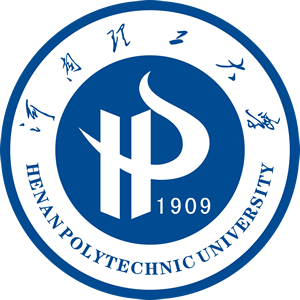
地址: 河南省焦作市高新区世纪路2001号[454000] Tel: 0391-3987069 E-mail: zkxb@hpu.edu.cn,skxb@hpu.edu.cn |

请您访问
|

社会科学版
|
| 供稿: 周新凤 | 时间: 2018-12-20 | 次数: |
作者:周新凤
作者单位:河南理工大学高等教育研究所
摘要:姚华是清末民初的著名书画理论家,他把绘画界定为一种形而上的艺术,强调绘画应肇始自然,作画要心意结合、"意到笔随"。针对绘画创作的程式问题,他认为应该敢于寻求一种理想的"自适"状态;在绘画的立意和评鉴上,他提出了"鹜美则离真,求真则失美"与"以不美为美"的审美理想论。
基金:教育部人文社科基金青年项目(12YJC751077);河南省教育厅人文社科青年基金项目(2012-QN-191);河南理工大学博士基金(B2011-037);
DOI:10.16698/j.hpu(social.sciences).1673-9779.2013.01.010
分类号:J201
Abstract:Yao Hua is a famous theorist of calligraphy and painting of the late Qing Dynasty. He defined Chinese painting as a kind of metaphysical art and believed that the painting should be out of nature and“painter's pen follows where his mind reaches”. In terms of the painting pattern, he thought that painters should eliminate all prejudices, go beyond the traditional restraints and seek for a state of “self-comfort”. In terms of the painting's conception and appreciation, he proposed two famous aesthetic ideal theories: “if the artists are blindly eager for beauty, the truth will be neglected, and vise versa. ”and“to appreciate beauty while it's not”.